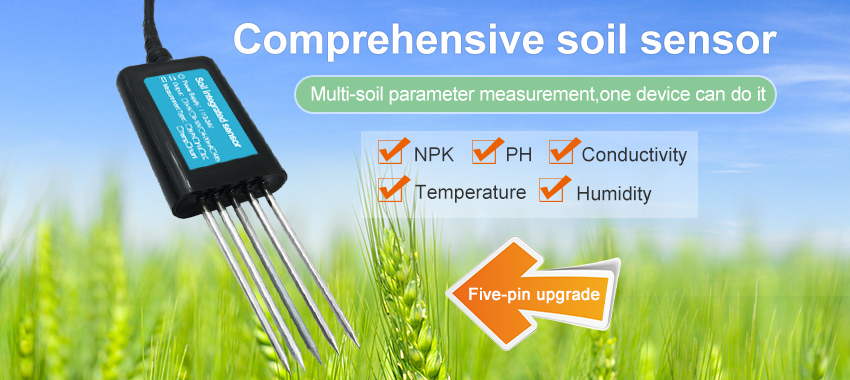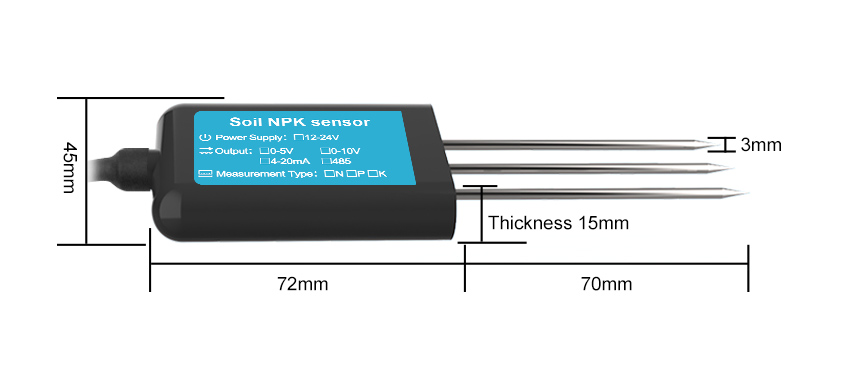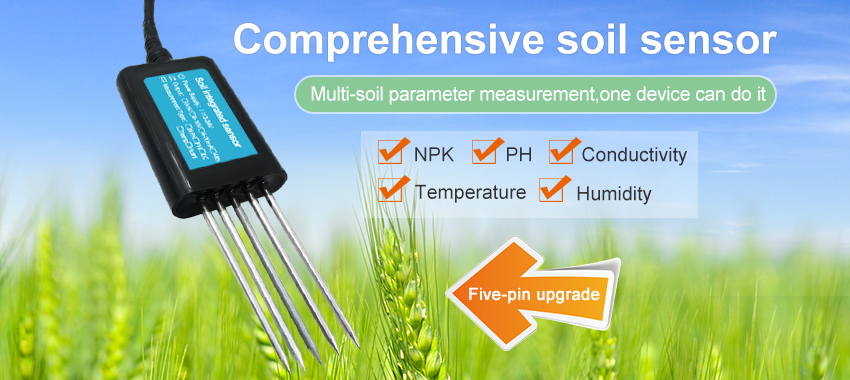Agriculture has always been a complex and ever-evolving industry, with farmers constantly seeking new ways to optimize crop yields and reduce environmental impact. In recent years, the advent of soil sensors has brought about a revolution in agricultural practices. These innovative devices have the ability to provide real-time, precise data about soil conditions, enabling farmers to make informed decisions and achieve better harvests. In this article, we will explore the role of soil sensors in revolutionizing agricultural practices and their impact on sustainable farming.
Understanding Soil Sensors
Soil sensors are advanced technological devices designed to measure key soil parameters such as moisture content, temperature, nutrient levels, pH, and salinity. These sensors are strategically placed in the ground, usually at multiple depths, to capture accurate and continuous data. The collected information is then transmitted to a central database or directly to the farmer's smartphone or computer, allowing for immediate analysis and action.
Benefits of Soil Sensors
Precision Farming: The primary benefit of soil sensors lies in their ability to support precision farming. By providing real-time data on soil conditions, these sensors enable farmers to optimize resource application, including water, fertilizers, and pesticides. Farmers can customize their input application based on specific soil needs, resulting in improved crop health, reduced input wastage, and higher overall yield efficiency.

Efficient Water Management: Water scarcity is a growing concern in many regions worldwide, demanding efficient water management strategies. Soil sensors play a crucial role in this aspect by helping farmers monitor soil moisture levels accurately. This information allows for precise irrigation scheduling, preventing both water stress and over-irrigation. By optimizing water usage, farmers can conserve this precious resource and promote sustainable farming practices.
Nutrient Optimization: Soil sensors enable farmers to gain valuable insights into the nutrient composition of the soil. By monitoring nutrient levels in real-time, farmers can adjust fertilizer applications accordingly. This approach minimizes nutrient wastage, reduces the risk of environmental pollution, and ensures that crops receive the nutrients they need for optimal growth. As a result, farmers can maximize crop health, reduce input costs, and improve overall sustainability.
Disease and Pest Management: Soil conditions play a crucial role in the development and spread of plant diseases and pests. Soil sensors provide continuous feedback on temperature, moisture, and other relevant factors, allowing farmers to identify potential disease or pest hotspots early on. By implementing targeted interventions based on the sensor data, such as adjusting irrigation schedules or deploying specific treatments, farmers can effectively control disease and pest outbreaks, leading to healthier crops and higher yields.
Challenges and Future Considerations
While soil sensors have revolutionized agricultural practices, there are still challenges to address for widespread adoption and maximum benefit realization. One of the key challenges is cost, as soil sensor systems can be expensive to install and maintain. Additionally, interpreting the sensor data requires technical expertise, which might pose a barrier for some farmers. Furthermore, the accuracy and reliability of soil sensors can vary depending on factors such as sensor quality, calibration, and environmental conditions.

To overcome these challenges, ongoing research and development focus on improving sensor affordability, ease of use, and scalability. Integration with other technologies like machine learning and satellite imagery holds promise for enhancing the capabilities of soil sensors further. These advancements will help leverage the power of big data and analytics, enabling more precise and customized recommendations for farmers.
Conclusion
Soil sensors have emerged as game-changers in agriculture, providing farmers with valuable insights into soil conditions and empowering them to make data-driven decisions. Through precision farming, efficient water management, optimized nutrient application, and effective disease control, soil sensors contribute to better harvests and more sustainable agricultural practices. Continued advancements in technology and increased accessibility to soil sensors will pave the way for a future where farmers can maximize crop yields while minimizing environmental impact. Smarter soil, indeed, leads to a better harvest and a brighter future for agriculture.







